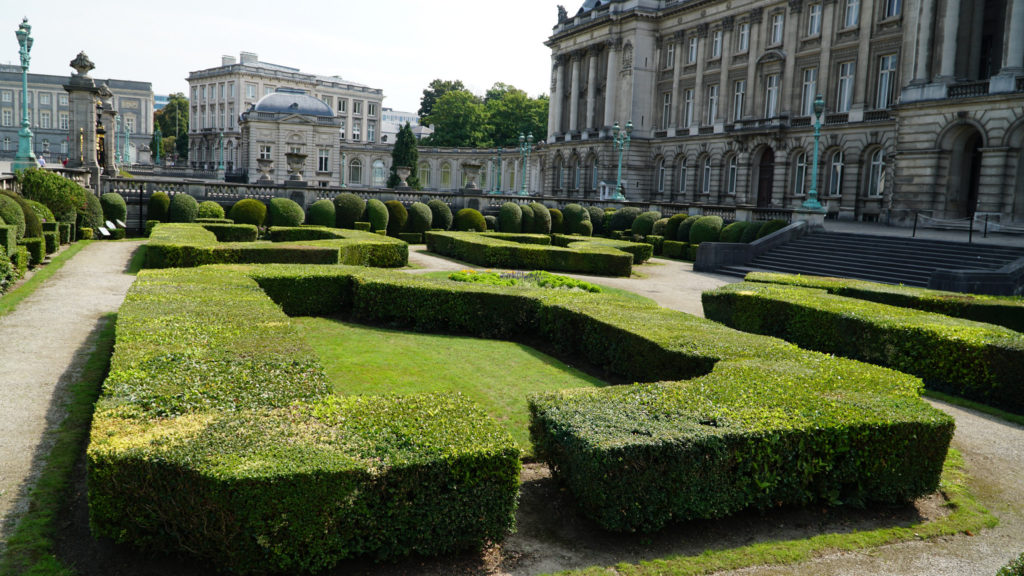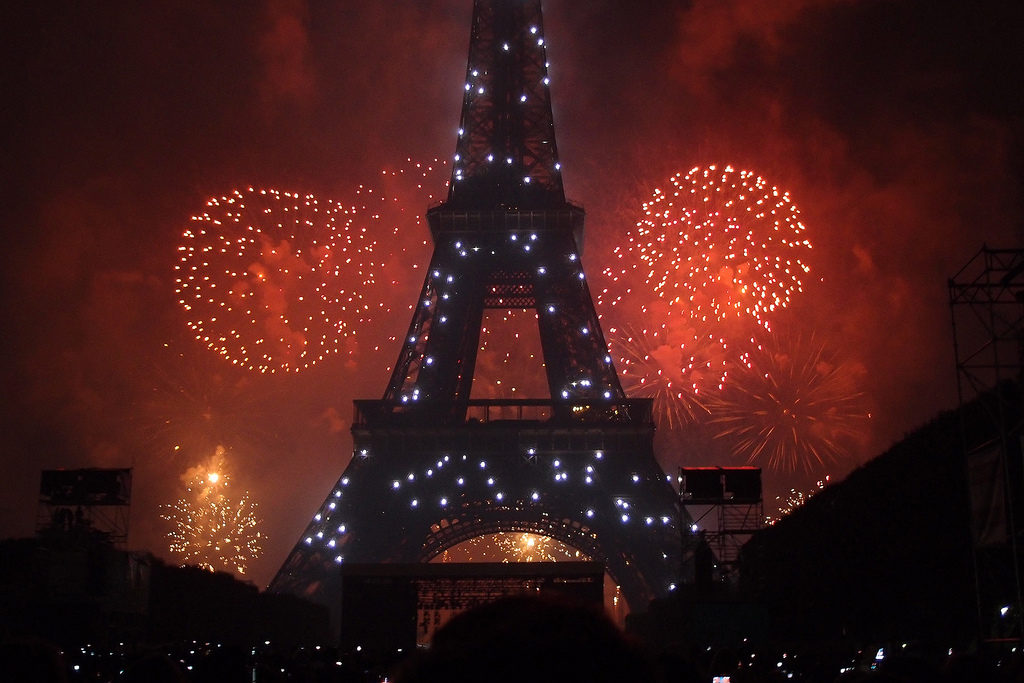I remember being on a city tour in Paris once when the guide told the group, “do you know that we French don’t call it Bastille Day……we know it as July the 14th.” Despite the lack of title the 14th is, naturally, an important national holiday and recalls the day in 1790 when the first year anniversary of the storming of the Bastille was celebrated. This might seem obvious, but many other events took place around July 14th, 1789 which are regarded as significant.
If you are on tour in Paris then a trip to the Bastille will probably disappoint. Nothing remains but markings in the road that show where the fortification stood. A better idea is to ask your Tour Director to take you into the gardens of the Palais-Royal, near the Louvre, as this is where an important event took place that preceded the storming. There is no traffic and it is a great spot to learn of the background to the event.
On July 11th, 1789, King Louis XVI made the controversial decision to fire the popular Finance minister (Jacques Neckar). At the same time the king had been moving foreign troops into the city and many opposed to the king felt they were about to be attacked. The marvellously named Lucie Simplice Camille Benoît Desmoulins was a local politician and journalist who felt enough was enough. On July 12th he jumped onto the table outside a cafe in the gardens of the Palais Royal and urged the assembled crowd to “take up arms and adopt cockades by which we may know each other.” The crowd was in the mood for this, riots soon spread across the city.
The “cockades” worn by the crowd were initially green, a color associated with liberty, and made at first from the leaves of the trees that lined the Palais Royal. However, green was also associated with the Comte d’Artois, the reactionary and conservative brother of the King, and the cockades therefore were quickly replaced by others in the traditional colors of Paris: red and blue. The forces semi-organized under this banner attacked the Hôtel des Invalides to gain arms and, soon after, embarked upon the Storming of the Bastille.
Many important symbols of France were born in the aftermath of the storming of the Bastille, such as the national anthem. One was founded on those red and blue cockades which were to become the basis of the French flag. Once the king had to admit his defeat, Lafayette gave him a blue, red and white cockade, having added the color of monarchy (white) to those of the revolutionaries. On February 15th, 1794 the Blue, White and Red flag became the symbol of France. The flag might simply be interpreted as saying ‘we recognise the royal past but the monarchy is forever enclosed by the republic’.
The 14th is celebrated by a military parade along the Champs Elysees (with an Air Force fly past as well). At night there is a spectacular firework display from the Trocadero for the crowds massed on the grass around the Eiffel Tower to enjoy. Other than that, it is a relaxed and enjoyable day. Strangely, in 20 years of touring, I have never been in Paris for the celebrations on the 14th of July. I have been there on the 13th (only to leave early the next morning) and I discovered that each fire station in Paris will have its own party the night before, so if you happen to be passing by then it is well worth a small donation to enjoy the atmosphere.
Related articles


